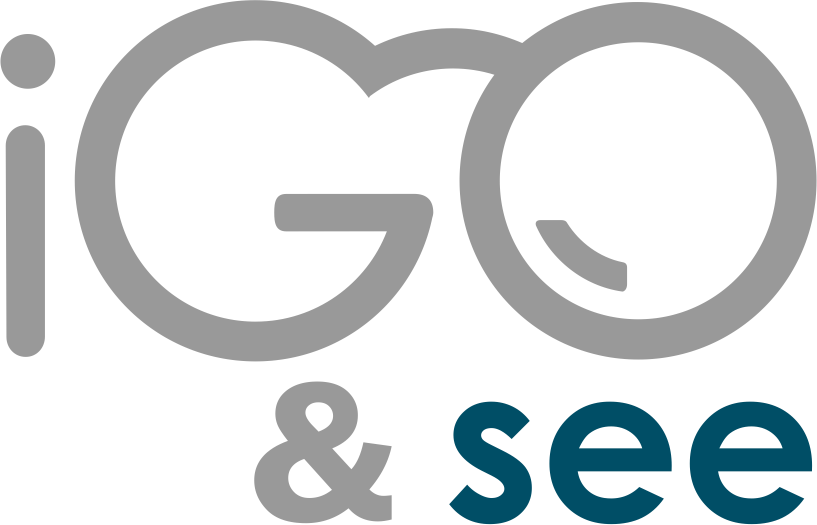Checklists are a simple and effective tool that can be used to prevent problems in a wide variety of situations. This is a list of tasks or checks that need to be done regularly.
sequential to ensure that everything is in order and that no important detail is forgotten.
The power of checklists lies in their ability to make things more predictable and controllable. When used consistently, they can help minimize the risk of human error and improve efficiency.
Commercial aviation
A typical example of how checklists can prevent problems is in the field of aviation. Before each flight, pilots must carry out a series of checks to ensure that the plane is in perfect condition and ready to fly. This includes checking fuel, wheels, navigation systems and much more. If any detail is forgotten, the result could be catastrophic.
But checklists are not only useful in high-risk situations. They can also be very useful on a day-to-day basis in an industrial environment, such as before starting the production shift or before delivering a machine that has just received major maintenance to production, or before shipping to the customer. . A simple checklist can save time and prevent major oversights that can cause us to incur significant costs and customer dissatisfaction.
In addition, checklists are a very versatile tool that can be adapted to almost any situation. They can be used by both operators and managers, and can be as simple or as detailed as desired.
One of the biggest benefits of checklists is that they save time and effort when performing complex or regularly recurring tasks. By having everything that needs to be done or checked in one list, it’s easier to track progress and make sure nothing is forgotten. This can be especially useful in environments where there are many things to do and little time to do them, such as in production, engineering, or warehouses.
In addition, checklists can be an excellent communication tool. If multiple people are working together on a project, it’s important that everyone is aware of what needs to be done and when. A checklist can help coordinate work and avoid confusion.
Another benefit of checklists is that they can help improve quality and safety. By consistently performing checks, problems are more likely to be detected and corrected before a mishap occurs. This is especially important in environments where the risk of errors or accidents is high, such as in industry or aviation.
However, it is important to note that checklists are not a magic bullet for all problems. They should not be used as a substitute for individual responsibility or good decision making. It is also important to remember that checklists must be updated and adapted to changes to remain useful.

In summary, checklists are a simple and effective tool that is much undervalued in LEAN implementations that can be used to prevent problems and improve efficiency in a wide variety of situations. If used consistently and updated regularly, they can be an excellent tool for saving time, improving communication, and increasing quality and security.
A simple example of a shift start checklist is below:
1. Do the workstations have WIP available?
2. Is the raw material complete at the access points?
3. Is the injection machine turned on and at the correct temperature?
4. Is the packing material ready and is it sufficient?
5. Is the production plan available?
6. Is the area free of unsafe conditions?
By applying this routine early enough and correcting any abnormalities, the chances of having a smooth start to the turn will be very good and every time there is a setback, you can add one or more elements.

